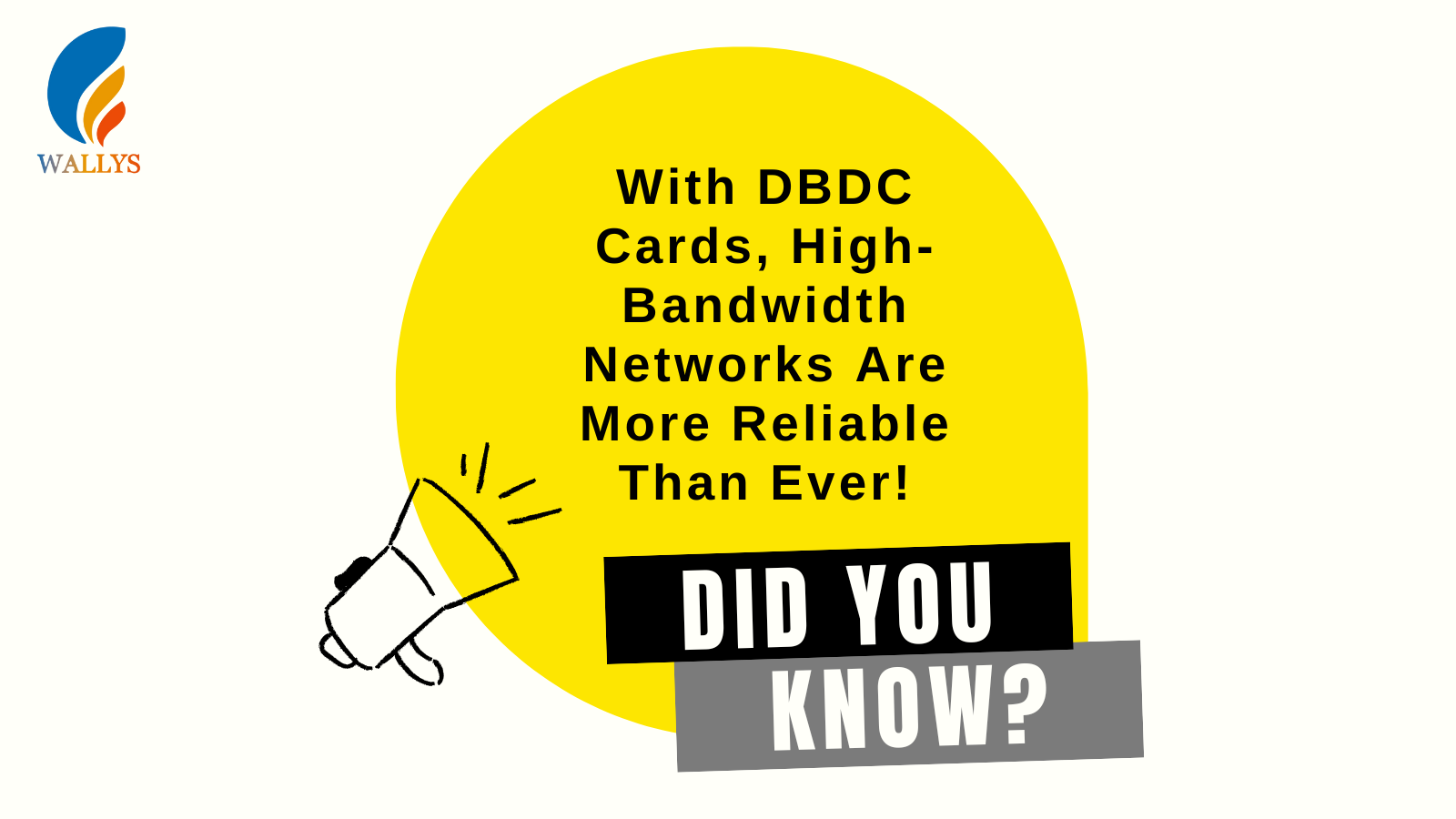Unlock the Future of Connectivity: Explore Dual-Band Dual-Concurrent (DBDC) Cards for Industrial Applications

DBDC Cards: A Solution for High-Density, High-Interference, and High-Bandwidth Network Environments
In today’s network landscape, the rapid increase in connected devices has introduced unprecedented challenges for stable and high-speed connectivity. In environments with high device density, strong signal interference, and high bandwidth requirements, traditional single-band networks often fall short of meeting users' demands. Enter the Dual-Band Dual-Concurrent (DBDC) card, a breakthrough solution that redefines network performance. This article delves into the advantages of DBDC cards in tackling these network challenges, along with some recommended DBDC products from Wallys.

Key Advantages of DBDC Cards
1. Dual-Band Concurrency to Distribute Network Load
DBDC cards’ primary feature is their ability to operate simultaneously on both 2.4GHz and 5GHz bands. This dual-band functionality effectively expands total bandwidth, allowing devices to spread across two frequency bands, reducing congestion on a single channel. In high-density environments, DBDC cards enable devices to efficiently locate open channels, significantly decreasing signal interference and delays.
2. Interference Reduction for Stable Connections
In interference-heavy environments, such as public venues or industrial zones, DBDC cards’ dual-band capability is essential. The 5GHz band, which is typically less congested, is allocated for high-bandwidth, high-stability tasks, while the 2.4GHz band is reserved for low-bandwidth, non-time-sensitive tasks. This smart frequency allocation minimizes interference, ensuring stable connections for critical devices.
3. High Throughput for Future Bandwidth Needs
With increased demands for bandwidth due to high-resolution video, VR/AR applications, and cloud computing, DBDC cards provide substantial throughput improvements. Dual-band usage enables faster data transfers, reducing latency and supporting high-bandwidth applications, making DBDC cards ideal for bandwidth-heavy environments.
4. Enhanced Network Reliability
DBDC cards offer a dual-frequency safety net for devices, maintaining connection stability even if one band experiences interference or connection issues. This built-in redundancy is crucial for industries that rely on uninterrupted data transmission, providing higher levels of reliability across connected devices.
DBDC Card Applications Across Industries
1. Enterprise Environments
In office settings, DBDC cards improve network efficiency by managing multiple users and devices on separate bands. Enterprises that depend on video conferencing, data sharing, and collaborative work benefit from DBDC cards’ stability, optimizing productivity through smoother network performance.
2. Industrial IoT (IIoT)
DBDC cards are ideal for Industrial IoT applications, where a network of sensors, monitoring systems, and data collectors are continuously connected. Their high stability and resistance to interference enable DBDC cards to support IIoT environments with real-time data transmission, enhancing industrial device performance.
3. Public Venues and Smart Cities
In high-density public areas like airports and sports arenas or within smart city networks, countless IoT devices are connected simultaneously. DBDC cards’ dual-band functionality effectively reduces channel congestion and enhances connectivity between devices. In addition, DBDC-enabled devices in public networks can substantially improve user experience with smoother connections.
Recommended DBDC Products from Wallys
Wallys offers a range of high-performance DBDC modules. Here are a few standout DBDC card options:
DR7915
Overview: Powered by MediaTek’s MT7915 chip, this WiFi 6 DBDC card supports 2T2R and is compatible with OpenWRT.
Highlights: Supports 802.11AX standard and features a MiniPCIe interface, making it suitable for enterprise and industrial IoT applications.
DR9074
Overview: Built on Qualcomm’s QCN9074 and QCN6024 chips, this WiFi 6 module features 4x4 or 2x2 MU-MIMO functionality.
Highlights: Supports dual-band concurrent operations via a MiniPCIe interface, ideal for high-density environments requiring stable data transmission.
DR9274
Overview: The latest WiFi 7 dual-band module powered by Qualcomm’s QCN9274 and QCN6274 chips, designed for future high-bandwidth demands.
Highlights: Features an M.2 interface and supports 2x2 dual-band concurrent operation, perfect for high-bandwidth, high-resilience applications.
Conclusion
DBDC cards offer an innovative approach to networking in high-density, high-interference, and high-bandwidth environments. By leveraging dual-band concurrent operation, DBDC cards effectively address pain points like channel congestion, signal interference, and bandwidth bottlenecks, improving network reliability and stability. Wallys’ DBDC products, with their robust performance and reliable design, are paving the way for enterprises and industrial users to meet the future of networking with confidence.
For more product details or business inquiries, please contact our sales team at sales1@wallystech.com.










评论